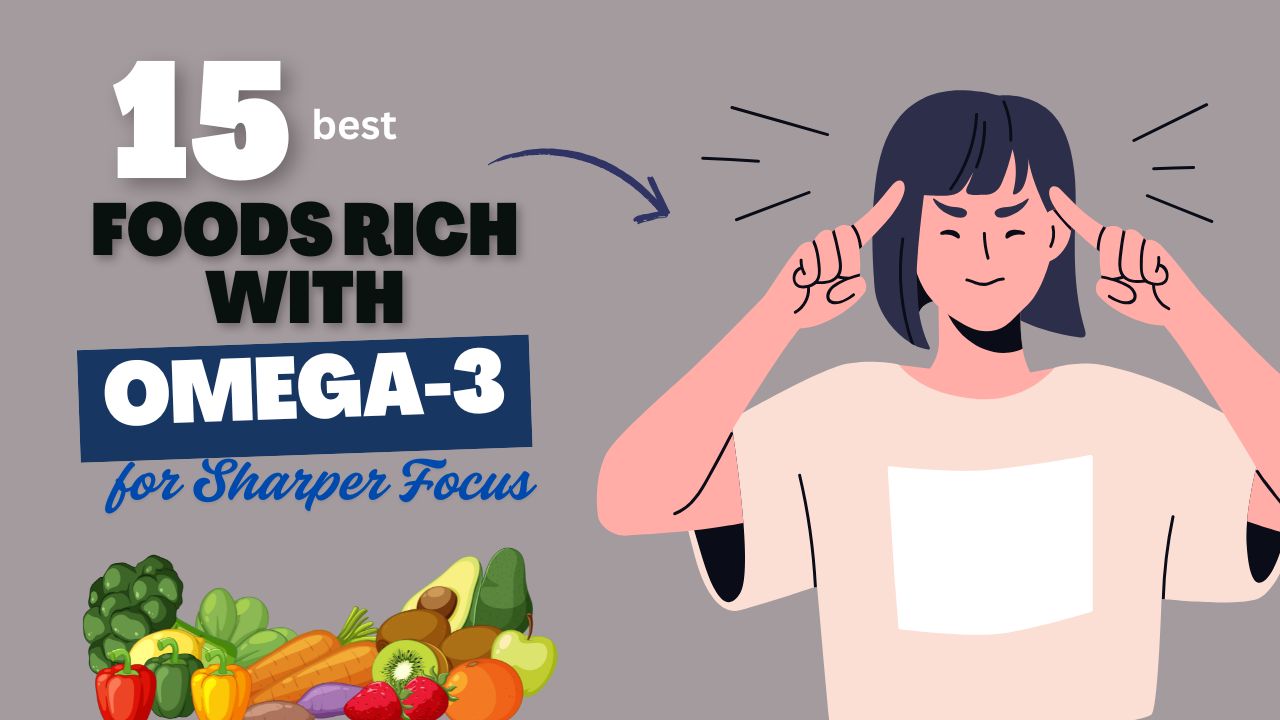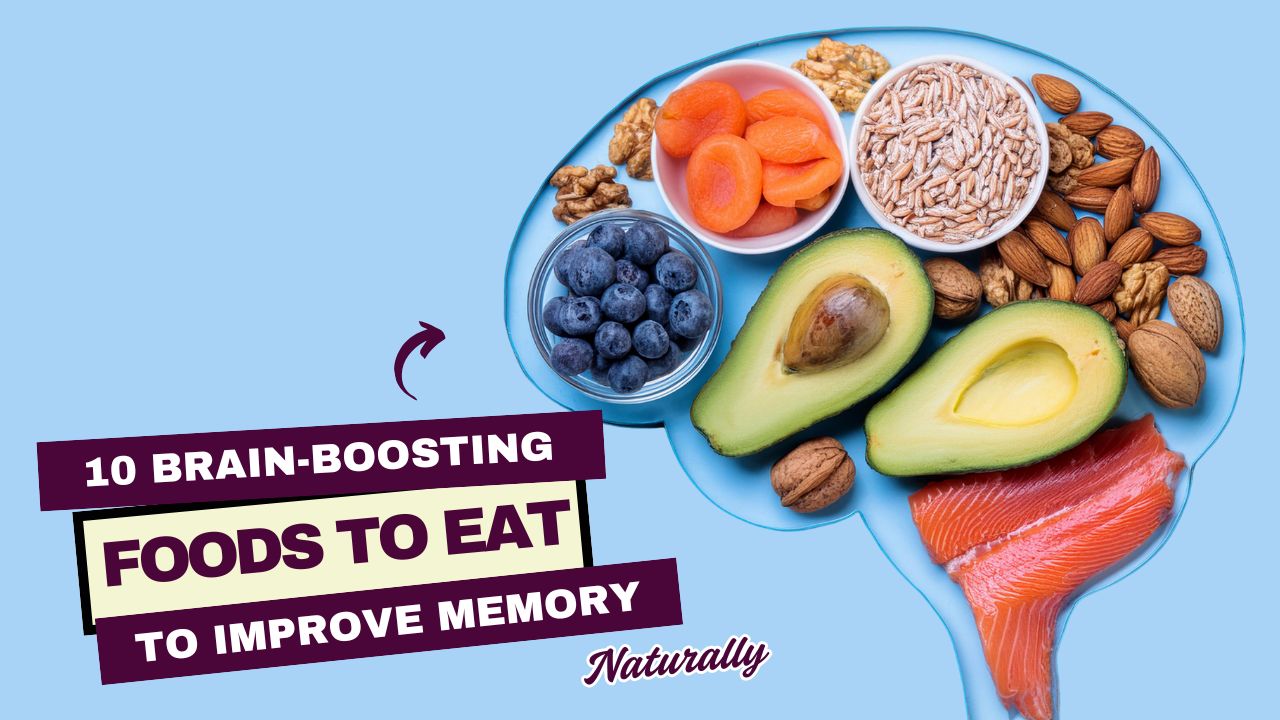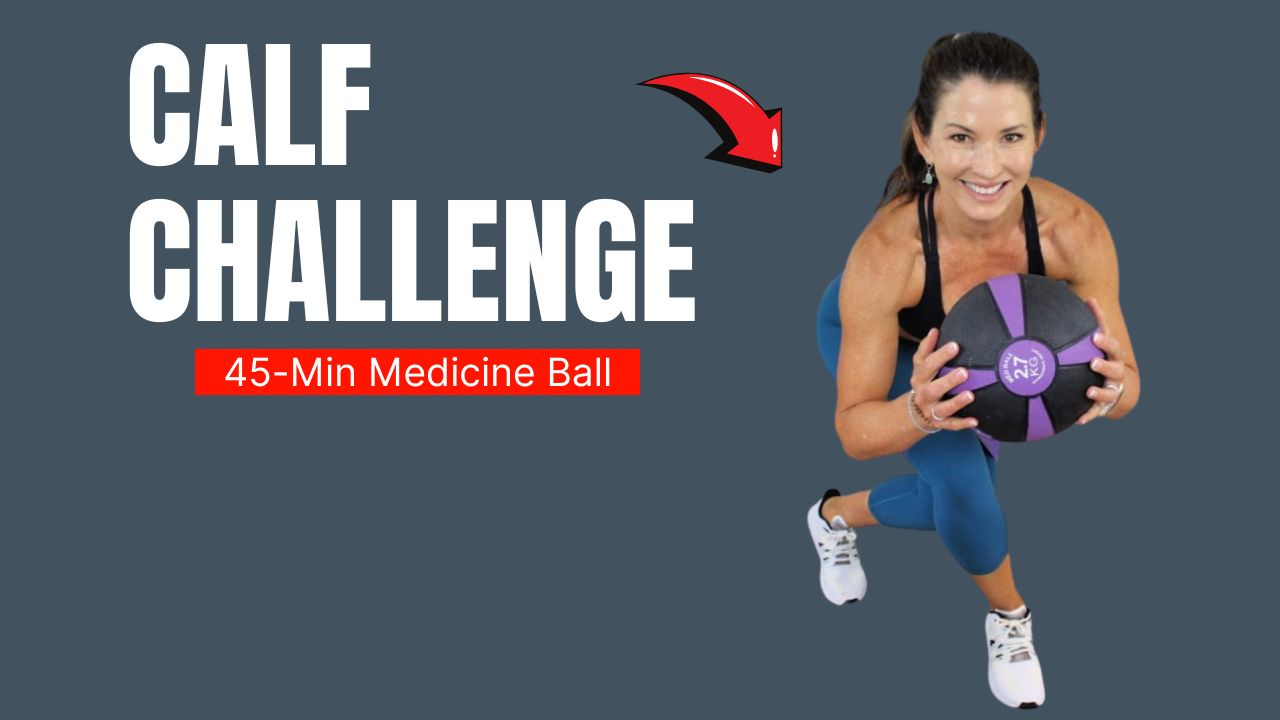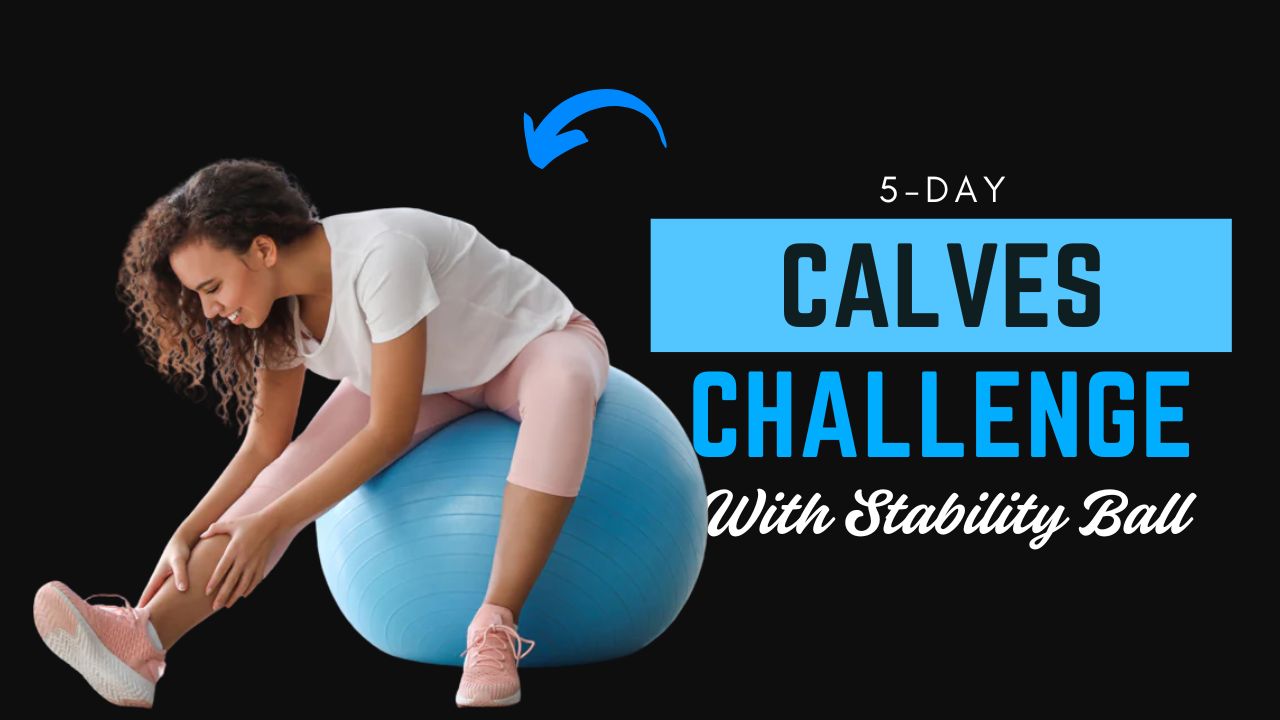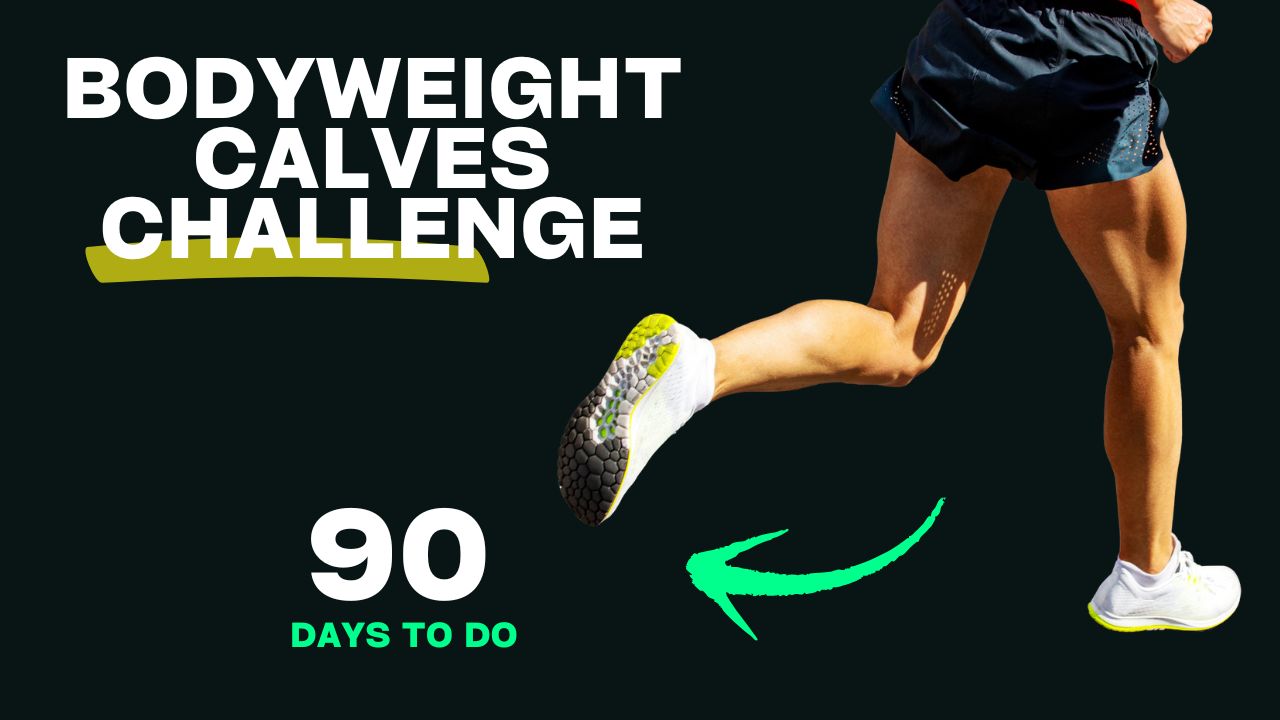Did you know that one of the most underrated moves for building lower body strength, correcting posture, and preventing injuries is the Romanian Deadlift (RDL)?
Most gym-goers believe deadlifts are all about brute strength and max lifts, but the RDL is a technical powerhouse that builds foundational strength with control and precision.
If your goal is to develop stronger hamstrings, a stable lower back, and more powerful hips — RDL variations should be a top priority in your training plan.
In this article, we’ll explore 10 highly effective RDL exercises, how to perform them safely, and which muscles they target.
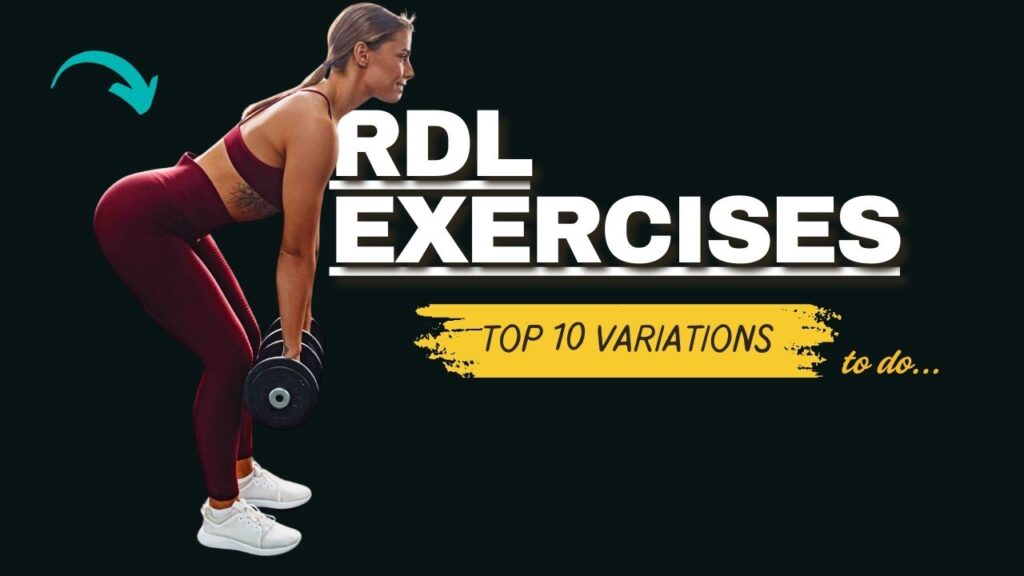
Table of Contents
What Is an RDL (Romanian Deadlift)?
The Romanian Deadlift is a hinge movement where you lower a weight (typically a barbell or dumbbells) down the front of your legs while keeping your knees slightly bent and back straight, focusing on loading the hamstrings and glutes rather than the lower back.
Unlike the conventional deadlift, the RDL starts from a standing position and involves less knee bend, making it ideal for targeting the posterior chain (hamstrings, glutes, and lower back).
What Can Happen After 30 Days of Doing RDL Exercises
| Positive Changes You May Notice | How It Impacts You |
|---|---|
| Increased hamstring and glute strength | Improved performance in squats, lunges, and athletic movements |
| Better posture and spinal alignment | Reduced back discomfort and enhanced standing/sitting mechanics |
| Enhanced hip mobility and flexibility | Easier movement during daily tasks and dynamic exercises |
| Stronger lower back and core engagement | Greater stability during lifts and reduced injury risk |
| Greater mind-muscle connection with posterior chain muscles | More targeted and efficient training sessions |
| Balanced leg development (especially with single-leg RDLs) | Lower chance of muscle imbalances or compensation injuries |
| Boosted muscle tone and definition in the back of legs and glutes | Aesthetic improvement and increased confidence |
| Improved performance in running, jumping, and bending movements | Better athletic ability and everyday functionality |
| Better control over form and technique | Foundation for more advanced lifts like heavy deadlifts |
| Elevated metabolic activity due to muscle growth | Support in long-term fat loss and body recomposition |
Do & Don’t: Romanian Deadlift Best Practices
| DO | DON’T |
|---|---|
| Keep your back straight and core braced throughout the movement | Round your back or hunch your shoulders |
| Hinge at the hips, not the waist | Squat down or bend your knees excessively |
| Start with light to moderate weight to learn form | Jump into heavy lifting without mastering technique |
| Use a mirror or video to check your form from the side | Rely solely on how it “feels” without checking alignment |
| Move slowly and under control, especially during the lowering phase | Rush through the reps or bounce out of the bottom position |
| Keep the weights close to your legs as you descend | Let the weights drift away from your body |
| Engage glutes and hamstrings to lift — not just your lower back | Hyperextend your back at the top of the lift |
| Focus on quality reps over quantity | Push for high reps at the cost of good form |
| Warm up your hamstrings and hips before starting | Start cold or skip your mobility work |
| Incorporate RDLs into your lower-body strength or posterior chain days | Do RDLs daily without proper recovery |
Top 10 RDL Exercises To Do
1. Barbell Romanian Deadlift
How to Do It:
- Stand with feet hip-width apart, holding a barbell with an overhand grip.
- Keep a slight bend in your knees.
- Hinge at your hips, pushing them back as the bar travels down your legs.
- Lower until you feel a stretch in your hamstrings (just below the knee or mid-shin).
- Drive through your heels to return to standing.
Why it works:
This is the classic version that builds pure posterior chain strength. It also helps correct posture and reinforces proper hinge mechanics.
2. Dumbbell Romanian Deadlift
How to Do It:
- Hold a dumbbell in each hand in front of your thighs.
- Maintain a flat back and a slight knee bend.
- Hinge at your hips, lowering the weights close to your legs.
- Pause when hamstrings are fully stretched, then return to the start.
Benefit:
Improves grip strength and corrects muscular imbalances since each side works independently.
3. Single-Leg Dumbbell RDL
How to Do It:
- Hold a dumbbell in the opposite hand of the working leg.
- Stand on one leg, soft bend at the knee.
- Hinge at the hip, extending the other leg behind for balance.
- Lower the dumbbell toward the foot, then return to standing.
Did You Know?
This variation not only strengthens the hamstrings but also improves balance, ankle stability, and core engagement.
4. Kettlebell Romanian Deadlift
How to Do It:
- Hold a kettlebell with both hands at thigh level.
- Hinge at the hips, lower the kettlebell while keeping it close to your body.
- Stop just below the knees and return to start.
Benefit:
The kettlebell’s center of gravity forces better form and control throughout the movement.
5. Trap Bar Romanian Deadlift
How to Do It:
- Stand inside a trap bar and grab the handles.
- Keep your knees slightly bent.
- Push your hips back and lower the bar in a straight path.
- Drive back up to standing.
Why it’s great:
It allows for a neutral grip and can reduce lower back strain for those with mobility issues.
6. Banded Romanian Deadlift
How to Do It:
- Stand on a resistance band, holding the ends in your hands.
- Perform a standard RDL motion by hinging at the hips.
- Control the tension during both the lowering and lifting phases.
Myth Buster:
Myth: Bands are only good for rehab.
Fact: Bands can add unique resistance profiles that increase time under tension and improve strength at the top of the lift.
7. Snatch-Grip Romanian Deadlift
How to Do It:
- Use a wide grip on a barbell, mimicking an Olympic snatch setup.
- Perform the RDL movement with the same hip hinge mechanics.
- Lower until just below the knees and return to standing.
Challenge Level:
This variation places more emphasis on the upper back, traps, and grip — making it an excellent tool for total posterior chain development.
8. Deficit Romanian Deadlift
How to Do It:
- Stand on a raised platform (1–3 inches).
- Perform an RDL with dumbbells or a barbell.
- Lower deeper than usual, maximizing hamstring stretch.
Why it works:
The deficit increases range of motion, which can lead to improved flexibility and hypertrophy in the hamstrings.
9. Landmine Romanian Deadlift
How to Do It:
- Load one end of a barbell into a landmine attachment.
- Stand facing the barbell, holding the free end with both hands.
- Perform the RDL movement, keeping the bar path tight.
Good for Beginners:
The fixed path makes it easier to learn proper hinge form, reducing the risk of poor posture or injury.
10. Seated Good Morning (RDL Alternative)
How to Do It:
- Sit on a bench with a barbell across your upper back.
- Hinge forward from the hips while keeping your spine neutral.
- Lower until your chest is near your thighs and return upright.
Interesting Fact:
Although seated, this mimics the RDL’s hinge pattern and builds strong lower back and glute engagement, especially beneficial for injury rehab or advanced strength development.
Final Thoughts
If you’re training for strength, performance, or aesthetics, the Romanian Deadlift and its many variations should be a mainstay in your routine.
Each exercise here challenges your posterior chain in a unique way — some with more balance demands, others offering increased range or muscle activation.
Whether you’re a beginner looking to build your form or an advanced lifter chasing performance gains, rotating these 10 RDL exercises into your training can significantly improve lower body strength, reduce injury risk, and enhance overall athleticism.
Frequently Asked Questions (FAQs)
What is the main difference between an RDL and a conventional deadlift?
The key difference lies in the movement mechanics. RDLs emphasize the hip hinge with minimal knee bend and start from a standing position. In contrast, conventional deadlifts involve more knee flexion and begin from the floor, engaging more quads along with the posterior chain.
Are RDLs safe for beginners?
Yes — when performed with proper form and lighter weights, RDLs are beginner-friendly. The movement teaches essential hip-hinge mechanics and strengthens the glutes, hamstrings, and lower back, reducing the risk of injury in other lifts.
Which muscles do RDL exercises target the most?
RDLs primarily target the hamstrings, gluteus maximus, erector spinae (lower back), and core stabilizers. Variations can emphasize different muscle groups based on load, range of motion, and equipment used.
Can I do RDLs without weights?
Absolutely. Bodyweight or resistance band RDLs can still activate the hamstrings and glutes effectively — especially useful for beginners, recovery days, or home workouts.
How often should I include RDLs in my routine?
Most people benefit from performing RDLs 1–2 times per week. Frequency depends on your training split and recovery, but spacing them 2–3 days apart ensures optimal muscle adaptation.
Why do I feel RDLs in my lower back?
Mild activation of the lower back is normal, but sharp or excessive pain may indicate poor form — such as rounding the spine or overextending at the top. Focus on maintaining a neutral spine and engaging your core throughout the movement.
Is the RDL good for building glutes?
Yes. While hamstrings are heavily engaged, the glutes contract powerfully at the top of the movement, making RDLs excellent for glute development — especially when performed with intent and controlled tempo.
Can I use RDLs for fat loss or toning?
RDLs build lean muscle mass, which boosts metabolism and supports fat loss. When combined with a proper diet and cardio, they contribute to a more toned and athletic physique.
What’s the best variation for improving balance?
The Single-Leg RDL is ideal for developing balance, coordination, and unilateral strength — often used in athletic training and rehabilitation programs.
Should I stretch after doing RDLs?
Yes. Stretching the hamstrings, glutes, and lower back after RDLs helps relieve muscle tightness, promotes flexibility, and aids recovery.


